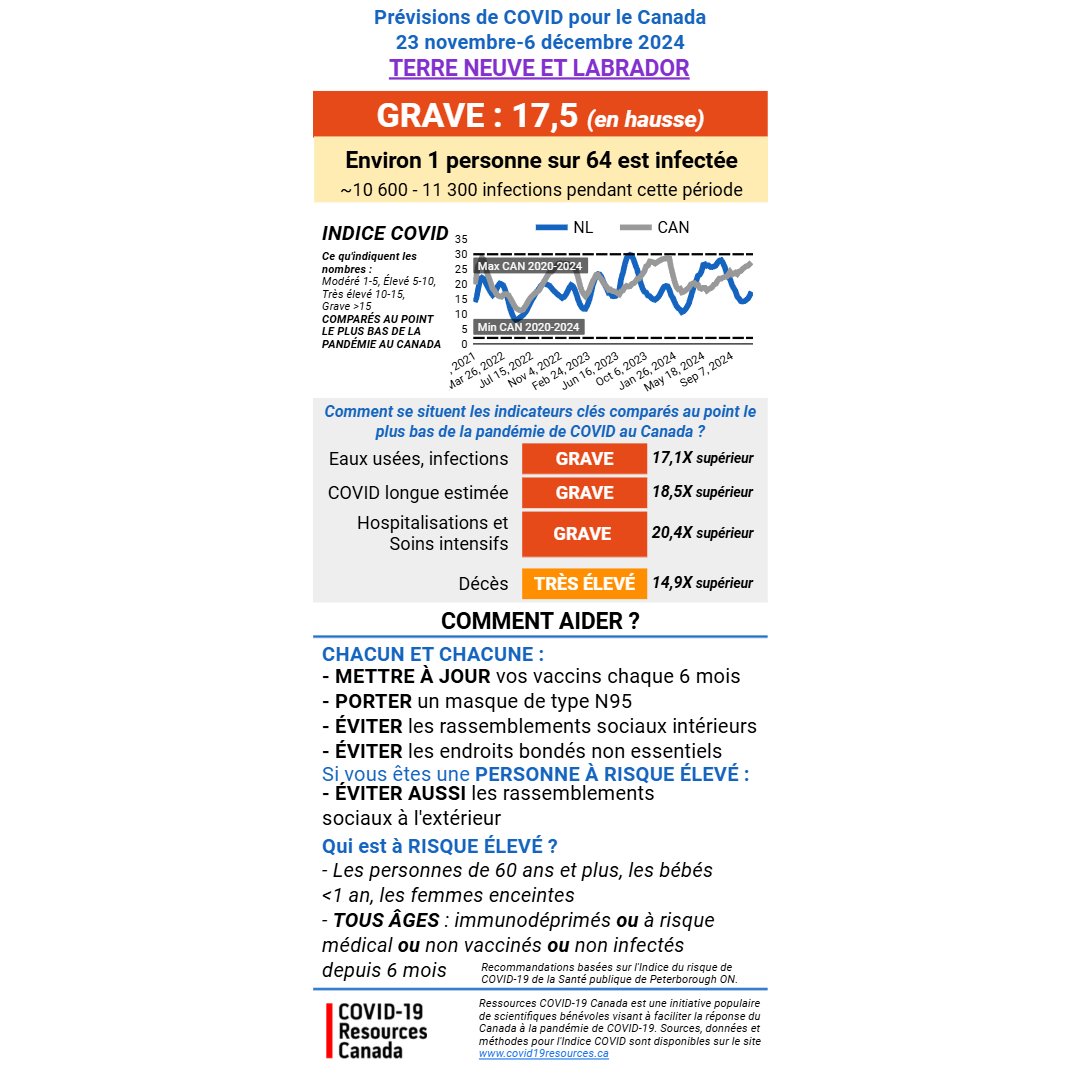For example, see here hospitalizations/100K for Saskatchewan compared to Alberta (far right column).
These data are from @covid_canada Tracker.
SK is in worse shape for hospitalization than Alberta, with a lot fewer healthcare resources.
These data are from @covid_canada Tracker.
SK is in worse shape for hospitalization than Alberta, with a lot fewer healthcare resources.
https://twitter.com/MoriartyLab/status/1437870610982621185

And here is the rate of full vaccination in Saskatchewan compared to Alberta and other Canadian regions.
The only region worse is Nunavut, which has major challenges with access due to its remote location.
The only region worse is Nunavut, which has major challenges with access due to its remote location.

Actives cases/100K are as high in Saskatchewan as in Alberta (look at the colour on this map from @covid_canada, not the numbers, which are total active cases in each province).
The preceding map was from @GovCanHealth
The preceding map was from @GovCanHealth

Here are cases/100K over last 14 days from @GovCanHealth
Saskatchewan is higher/comparable to Alberta.
Saskatchewan is higher/comparable to Alberta.

@GovCanHealth Here are deaths/100K over last 14 days from @GovCanHealth
Alberta and Saskatchewan are the same
Alberta and Saskatchewan are the same

And a source of profound concern, Saskatchewan has seen by FAR the highest per capita rate of COVID-19 infections among First Nations peoples of any other region in Canada.
https://twitter.com/Kanhehsiio/status/1437837232178671616?s=20
• • •
Missing some Tweet in this thread? You can try to
force a refresh















